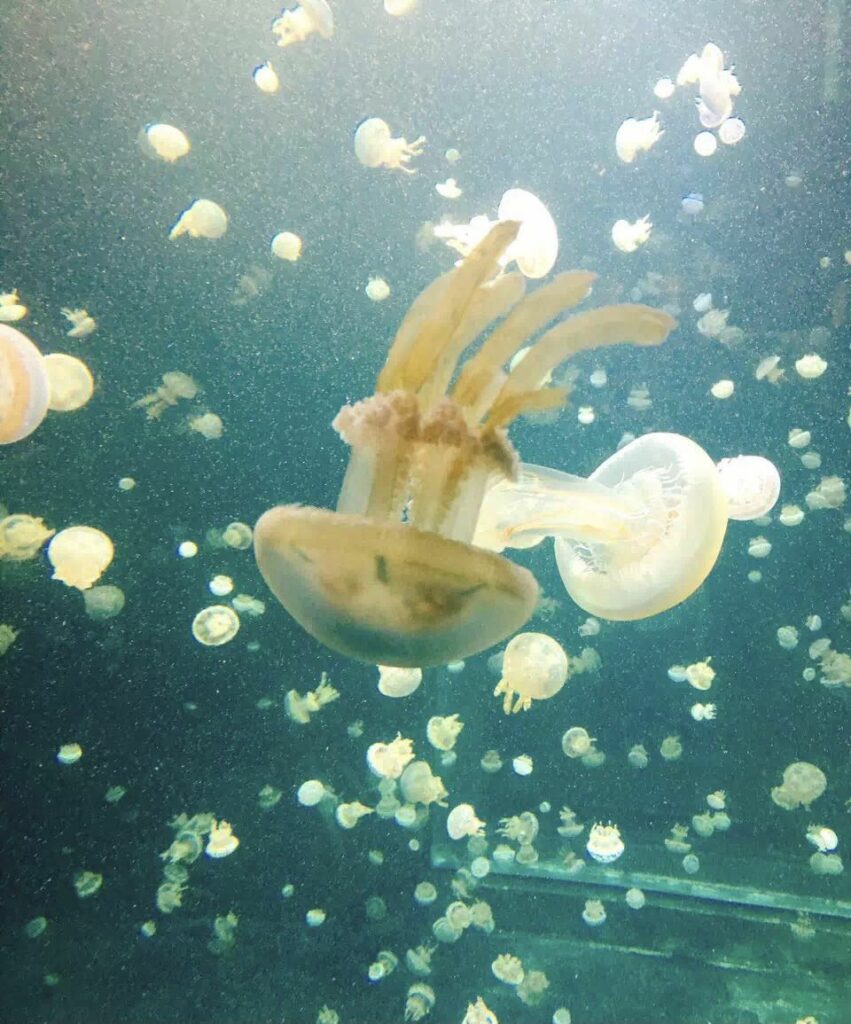
The most memorable experience of non-digital multimedia and interactive experience is a basic biology class. We seldom stay in the classroom. Instead, we go to nature (such as forests and seasides), museums and aquarium. This method is interesting and attractive to me, because this non-digital multimedia teaching method takes me out of the boring classroom and being in nature. But for me, this teaching method also has a fatal flaw, that is, I can only observe the appearance of animals and plants, and it is difficult to remember their biological structure that the teacher needs me to remember. My vision for the classroom is: to “move nature” into digital multimedia equipment, and virtual reality technology fits my vision very well. I can be in “nature” and at the same time, knowledge can be displayed from VR equipment, and even animals can be “dissected” to let me understand biological structure better.
Digital multimedia is now popular in education. In Smart Technologies and Innovation for a Sustainable Future, Savov, Antonova, and Spassov illustrate that there are five major multimedia components such as: text, sound, video, graphics design, and animation (263-271). Multimedia teaching can fully mobilize students’ senses to receive classroom information, because multimedia teaching can display images or videos. But multimedia teaching also has shortcomings. For example, teachers spend too much time on technology and neglect the research on teaching content and teaching methods.
Bibliography:
Savov, Smilen Antonov et al. “Multimedia Applications In Education”. Smart Technologies And Innovation For A Sustainable Future, 2019, pp. 263-271. Springer International Publishing, doi:10.1007/978-3-030-01659-3_30. Accessed 22 May 2021.